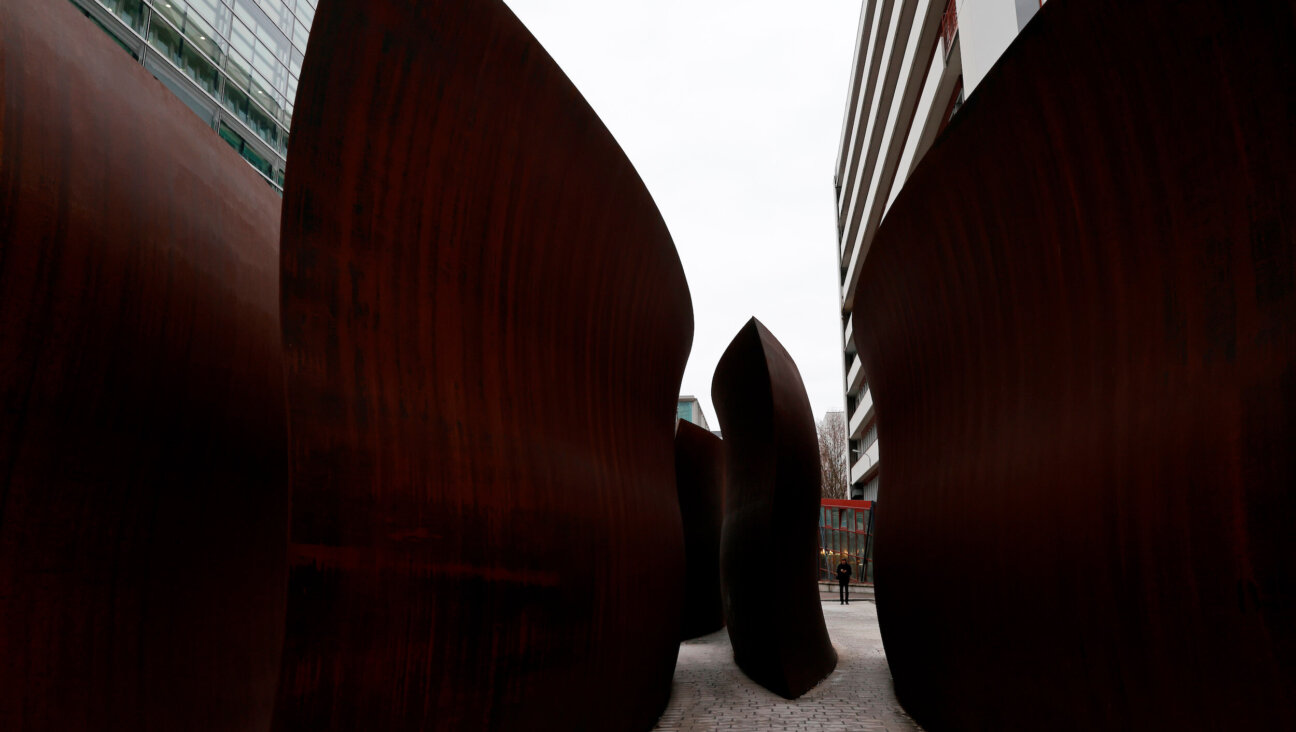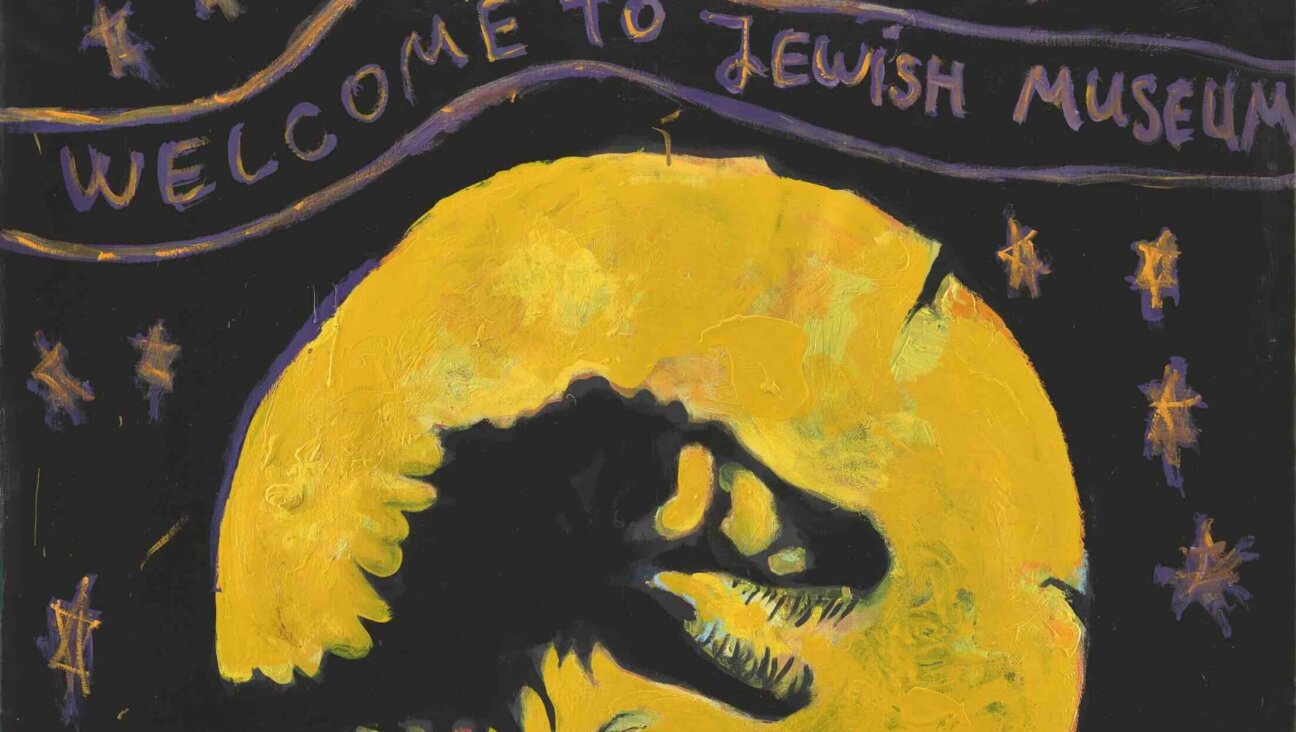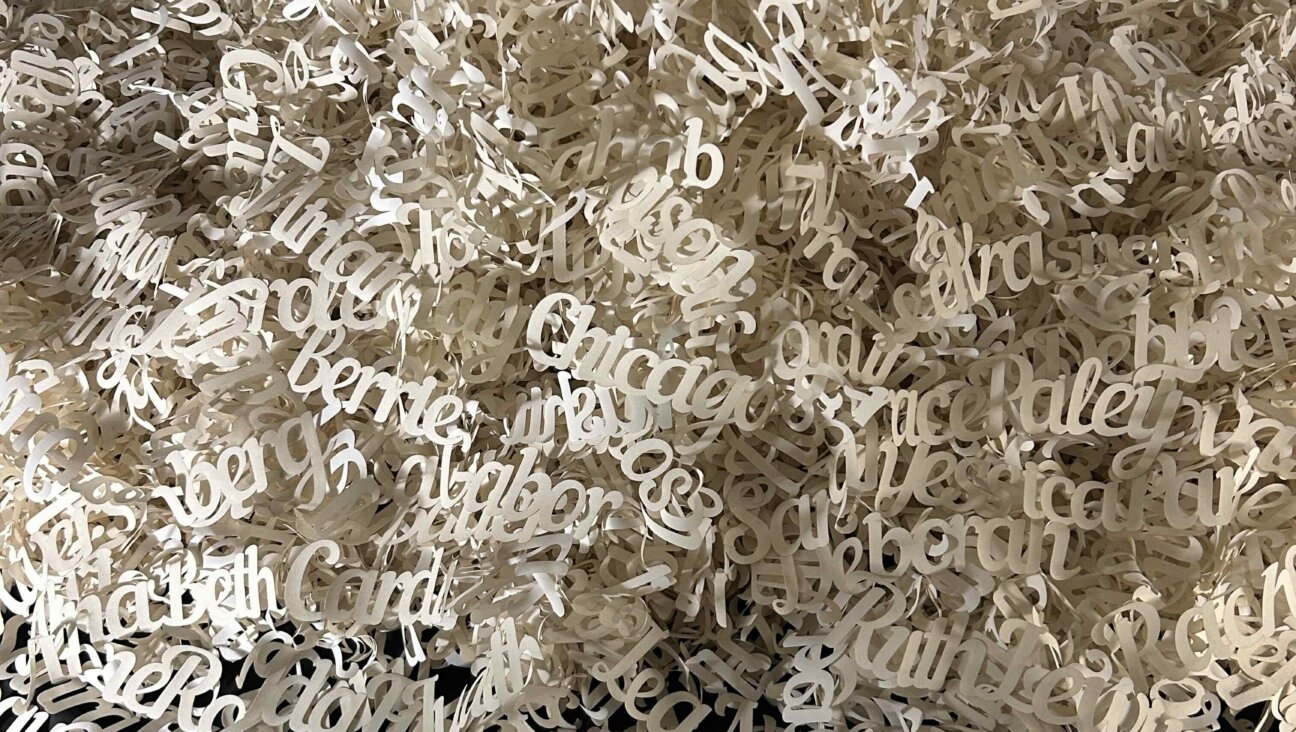Meet Chicago’s $500 Million Art Man

On Display: This untitled photograph by Richard Prince was part of Edlis’ and Neeson’s gift to the Art Institute of Chicago. Image by Courtesy of the Art Institute of Chicago

The Greatest Gift: Stefan Edlis' and Gael Neeson's donation to the Art Institute of Chicago included Andy Warhol's 'Twelve Jackies' from 1964. Image by Courtesy of the Art Institute of Chicago
“Natürlich.” When asked if he collected things as a child, Stefan Edlis replied in impeccable German. Of course he did. “I was a stamp collector,” said Edlis, 89, industrialist and art collector, who recently donated over 40 works of art to the Art Institute of Chicago together with his wife, Gael Neeson, making it the largest art gift in the 136-year history of the museum.
Edlis was born in Vienna in 1925 to a Jewish family (“My dad was conservative, and my mother kept a kosher household for him”) and remembers what it felt like to be kicked out of school after the Anschluss: “Can you imagine a 14-year-old? I was in heaven,” he said. He would sneak into movie theaters, and spend his time playing chess and bridge.
Talking on the phone from Chicago, Edlis said that his family escaped persecution because they had support in the United States. When Jewish homes and institutions were looted during the Kristallnacht pogroms on November 9, 1938, a member of the Nazi paramilitary SA came to their apartment at night, requesting a typewriter. Edlis’s recently widowed mother gave him hers. “He took the typewriter, tweaked my brother in the cheek and left,” Edlis said. With the help of relatives in the United States, Edlis, his mother and his two siblings Herbert and Lotte were able to obtain a visa, and came to New York in April of 1941. “When we arrived at the pier in Manhattan, my uncle was there, greeting me with a sandwich,” Edlis said. “And life was good.”

On Display: This untitled photograph by Richard Prince was part of Edlis' and Neeson's gift to the Art Institute of Chicago. Image by Courtesy of the Art Institute of Chicago
Edlis began working immediately, doing menial labor in factories and small businesses. At the age of 17, he got drafted into the Navy, and spent six months in Iwo Jima. After he was discharged, he remained on the West Coast, where he was hired by a toolmaker who taught him how to make molds. In 1950, a Hungarian toolmaker in Chicago offered him a job. “He said, ‘You’re a bluffer, I know that, because I’m a bluffer,’” said Edlis. “‘I don’t want to get called at midnight. That’s your job.’” When the owner died in 1954, Edlis offered to run the business for his widow. By 1965, he had started the Apollo Plastics Corporation in Chicago.
With Motorola as his main customer, Edlis soon had what he called “a little extra money, not just for groceries.” In the late 1960s, he began buying art without any formal training. In the beginning, he only bought art made out of plastic, but stopped when he realized that dealers told artists to use plastic because Edlis would buy it, Plastics News reported. He then focused on postwar and pop art as well as furniture and vases. “It’s not just art, it’s an environment,” he said, adding that he always felt an urge to collect, and create an artful environment, even taking drawing classes.
The 42 works from Edlis’s collection of pop and contemporary art that will go to the museum include nine works by Andy Warhol, four paintings by Gerhard Richter and three by Jasper Johns, as well as two canvases by Roy Lichtenstein. They are worth almost $500 million in total, and will go on display in 2016. He decided to donate after the Art Institute agreed to keep the works on display for at least 50 years. “It’s a win-win-situation for me and the Institute and Chicago,” Edlis said in an interview with the Chicago Tribune. He also said that the agreement to not have the art in a “warehouse” was crucial. Another reason for the significant donation, according to the Tribune, was that Edlis didn’t want to burden his wife with it.
Edlis and Neeson still get to keep around 200 pieces of art, the Chicago Tribune reported, including several works by Roy Lichtenstein, which adorn the walls of their bedroom. Edlis also owns six pieces by the Italian artist Maurizio Cattelan, including a controversial sculpture of a kneeling, praying Hitler, titled “Him.” When the sculpture was installed in an alley in the former Warsaw ghetto in 2012, it caused an outcry by Jewish organizations. “When people see this piece,” Edlis said in an interview with The Economist in 2009, “they react with gasps, tears, disbelief. The impact is stunning. Politics aside, that is how you judge art.”
Edlis, who today splits his time between Chicago and Aspen, Colorado, sold Apollo Plastics to a former business associate in 2000; it is now part of an Indiana-based mold manufacturing company and focuses on automotive buttons. (“God bless Washington for saving Detroit,” Edlis said.) His original crew still works there at the same location.
Between 2007 and 2013, the Edlis-Neeson Foundation gave almost $29 million to nonprofits and cultural institutions. Edlis has also donated to the Democratic National Committee. According to Bloomberg News, 90% of Edlis’s net worth is in art.
While Edlis’s German still has the soft, Viennese accent, he has gotten rid of other remnants of his childhood — such as his religious observance. He sent his two daughters to a Unitarian church, where the classes were held by a professor of comparative religion, “so they could be saying they are going to Sunday school.” Any more explanation needed? Said Edlis: “I am what I am.”
Anna Goldenberg is the Forward’s culture fellow.

I hope you appreciated this article. Before you go, I’d like to ask you to please support the Forward’s award-winning journalism this Passover.
In this age of misinformation, our work is needed like never before. We report on the news that matters most to American Jews, driven by truth, not ideology.
At a time when newsrooms are closing or cutting back, the Forward has removed its paywall. That means for the first time in our 126-year history, Forward journalism is free to everyone, everywhere. With an ongoing war, rising antisemitism, and a flood of disinformation that may affect the upcoming election, we believe that free and open access to Jewish journalism is imperative.
Readers like you make it all possible. Right now, we’re in the middle of our Passover Pledge Drive and we still need 300 people to step up and make a gift to sustain our trustworthy, independent journalism.
Make a gift of any size and become a Forward member today. You’ll support our mission to tell the American Jewish story fully and fairly.
— Rachel Fishman Feddersen, Publisher and CEO
Join our mission to tell the Jewish story fully and fairly.
Only 300 more gifts needed by April 30

























